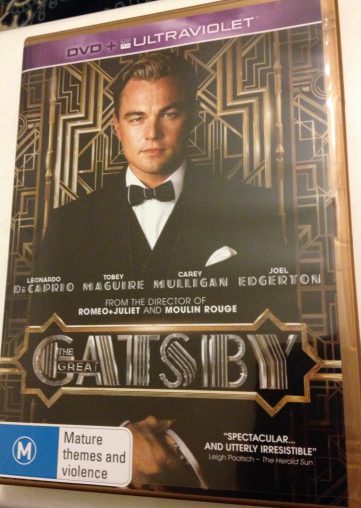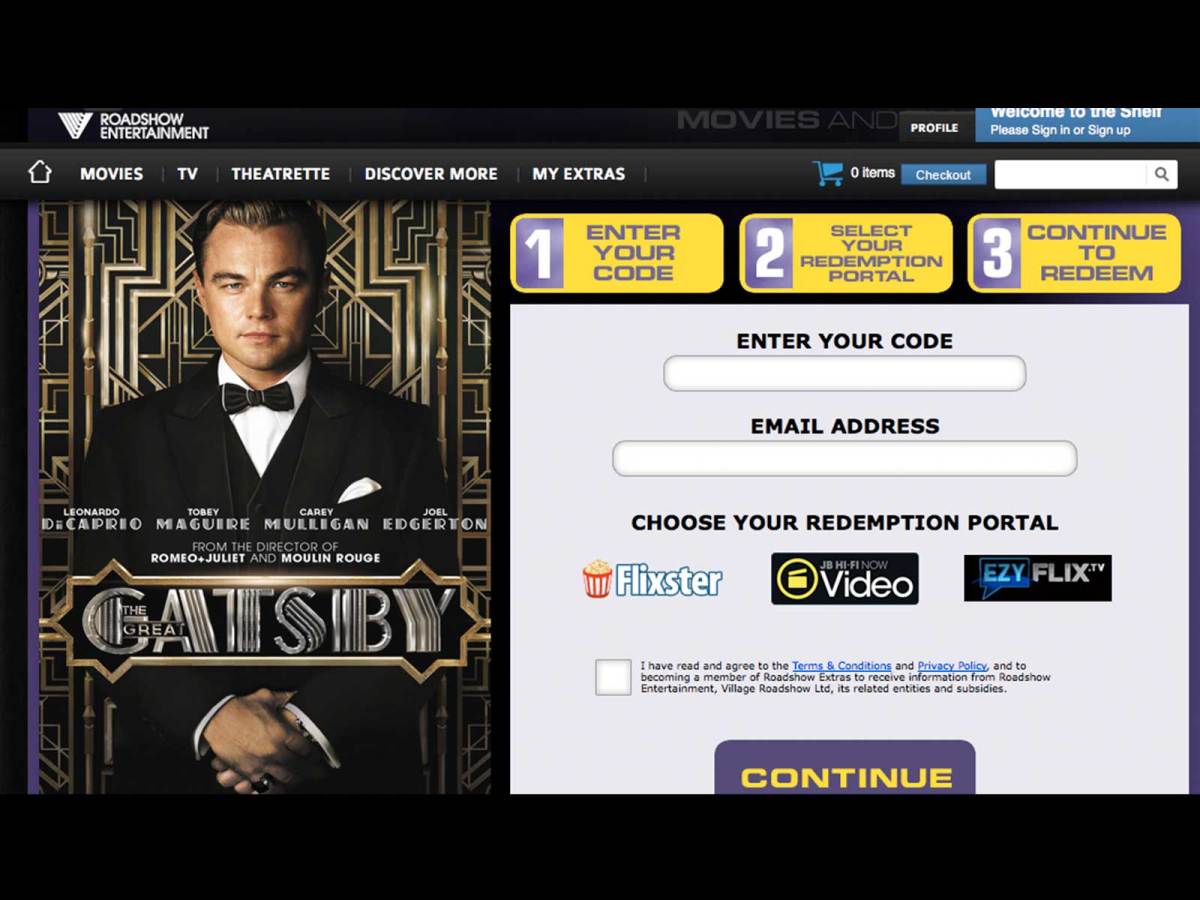Since its soft Australian launch in May 2013, adoption of the cloud-based video service Digital UltraViolet has been strong, according to the organisation behind the service. So far 160,000 Digital UltraViolet accounts have been created in Australia and New Zealand.
Digital UltraViolet enabled DVD and Blue-ray titles purchased in hardcopy are able to be viewed on multiple devices such as tablets, smartphones and laptops. It works by entering a code into a website which will add a digital copy of the movie to your UltraViolet library. The service also lets you share your library with five other UltraViolet account holders.

There are currently three UltraViolet redemption services in Australia: JB Hi-Fi NOW Video, EzyFlix and Flixster. There are more than 100 Blu-ray and DVD titles available in Australia that come with the free UltraViolet redemption code and that figure is expected to double by the end of the year. Additionally, EzyFlix also enables consumers to purchase more than 1,000 standalone digital versions of movies and TV shows which have UltraViolet rights enabled.
Click here to sign up for our free daily newsletter
The philosophy behind the system is that collecting and owning DVDs wasn’t working for consumers in the digital age. If they bought a DVD they wanted to be able to access it across all their devices and easily share or loan it to friends.
The goal is to encourage people to build up a personal collection over time. On average each Australian account has 3.25 movies in it, which is considered quite high compared with other markets, for example in the USA the average is 4.5 movies per account, a number which has been boosted by aggressive ‘buy one get one free’ promotions from certain retailers.
Mark Teitell is the general manager of the Digital Entertainment Content Ecosystem (DECE), which refers to the group of 85 companies around the world that are collaborating to get Digital UltraViolet into more homes. Member companies include entertainment studios, technology providers, device makers, retailers and video service providers.
“UltraViolet is currently available in 10 countries around the world and there are nearly 18 million accounts globally. The adoption in Australia has been strong, with the second highest adoption rate per capita one year of launch, after the United States,” Teitell said.
Teitell said he believed there are three waves in UltraViolet development in a market. The first to join are content providers, who enable their new releases with UltraViolet rights, and one or two “pioneering retailers” sign on to plug consumers into the UltraViolet library.
In the second wave, substantially more retailers get into the mix which means UltraViolet will reach more people, Teitell said. In this wave more content providers join up and more content from back catalogues is enabled with UltraViolet.
“Third wave is when you start to see innovation happen,” Teitell said. The US, where Digital UltraViolet was first launched in 2011, is now entering the third wave and has seen innovations like bundling the UltraViolet digital rights with a movie ticket. For example if you buy a movie ticket to see The Hobbit you know you will be one of the first to get a copy of the movie when it comes into home entertainment.
Teitell said Australia was at the end of the first wave and entering the second, meaning DECE are hopeful more retailers will come on board.
Why would a retailer adopt UltraViolet?
Teitell cited two reasons retailers may consider branching out into UltraViolet content. Firstly, it is seen as enhancing the value of discs already sold in the store.
The second reason is it gives the retailer an opportunity to begin a “digital relationship” with the consumer.
“All of them [retailers] have a strategic imperative to form digital relationships with their customers. Sooner or later you need a digital relationship with them too and ultraviolet provides this,” he said. For example JB Hi-Fi today has more people shopping online that once only shopped in store.
How do retailers begin providing UltraViolet content?
This isn’t as straightforward a process as like choosing a new product to stock and having it delivered to the store. Teitell said it can take between 6 and 12 months from when a retailer decides to get into UltraViolet to when the service is available to consumers.
“It’s not all that complicated but still takes a while to deploy,” Teitell said. “They need to do a bit of technology integration into the centralised system we operate. Sometimes they are deploying digital services for the first time ever; they actually have to build a digital storefront.”
Retailers who sell discs also have to update their business relationships (ie license agreements) with studios if they adopt the UltraViolet format.
Does it stop piracy?
“We have a belief system that Ultraviolet restrains piracy. We aren’t going to say that it reduces it,” Teitell said.
Teitell said UltraViolet can curb the growth of piracy but won’t eradicate it among people who pirate because they want movies for free. However, “there are a lot of people that report that their motivations for piracy are not economic and they want to be able to have a movie they can put on an iPad and also the TV,” Teitell said.
“They want to be able to watch it and have their sister in another city watch it. A lot of those things aren’t about money but what you can do with it. UltraViolet is kind of a legitimate way for consumers to have that.”

